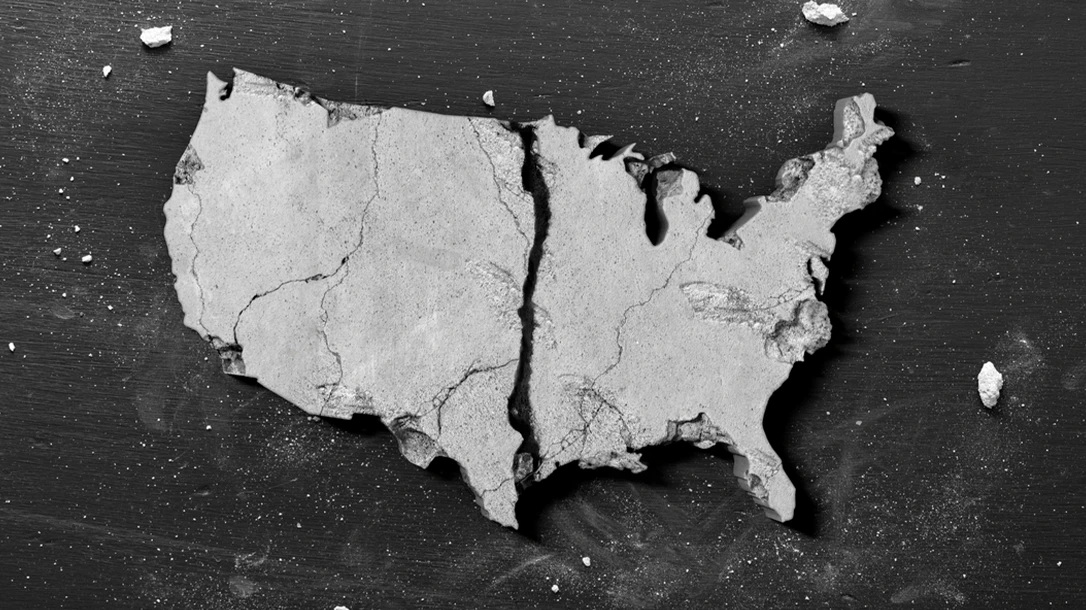America has always had a complicated relationship with money. We’re a country built on ambition and risk, and sometimes, that same hunger for growth turns into fear, speculation, and collapse. And if you think today’s economy feels unstable—rising debt ceilings, inflation anxiety, fears of a looming recession—well, we’ve been here before. One of the most devastating examples? The Panic of 1837.
It’s not a moment that gets a lot of airtime, but it should. Because in 1837, the U.S. economy didn’t just wobble. It nosedived. Banks failed. Unemployment soared. The price of cotton, our most valuable export at the time, cratered. People lost homes, fortunes, and entire businesses. And it all happened fast.
Sound familiar?
Let’s rewind to what caused it—and, more importantly, why it still matters.

The Setup: Speculation, Cotton, and Bad Banking
At the time of the Panic of 1837, the United States was barely sixty years old. We were still a young nation, fresh off of revolution, expansion, and a few early experiments in building an economic identity. Our systems were fragile, untested, and intensely regional. The idea of a unified national economy was still forming, and trust in central institutions was a shaky proposition at best. We hadn’t yet seen enough cycles to know what real stability looked like—and we were about to learn the hard way just how painful that kind of education could be.
That youth and inexperience mattered. A more mature nation might have had stronger safeguards, clearer oversight, or a better sense of long-term consequences. However, we were still learning in real-time, defining what kind of economic system we wanted and what kind of government role we believed in. It’s part of why so many of the decisions—like killing the central bank or attempting to rein in speculation—felt more reactive than strategic. We weren’t just managing risk. We were still discovering what risk even meant on a national scale.
In the years leading up to 1837, the United States was on a hot streak. The economy was booming. Land speculation was rampant, especially in the South and West. Banks were handing out loans like candy, often backed by little more than optimism and a handshake.
The Federal Reserve
Andrew Jackson had just killed the Second Bank of the United States, which some saw as a monster monopoly, while others viewed it as the last line of defense against reckless banking. Without a central bank to stabilize the system, state banks went rogue. They printed their own money—”wildcat” banks, they were called—and funded a land-buying frenzy.
Meanwhile, the federal government had a surplus (yes, really), and Jackson, in one of the more dramatic fiscal decisions in American history, decided to require all land purchases to be made in gold or silver, not paper notes. This was called the Specie Circular. And while it was intended to slow down speculation, it triggered a run on banks and drained them of the hard currency they needed to stay afloat.
Then came the tipping point: cotton prices crashed. Britain, our largest trade partner, reduced its purchases. Global demand dropped. Suddenly, Southern cotton plantations—which were heavily leveraged with debt—started defaulting. Banks panicked. Credit dried up. Businesses failed. And just like that, America was in the midst of a full-blown economic collapse.
The Fallout: Depression, Riots, and Broken Trust
The depression that followed the Panic of 1837 lasted nearly a decade. Unemployment in some cities hit 25%. Real estate markets collapsed. Construction projects halted. Riots broke out in New York. Bread lines formed in major cities. Confidence in the American banking system—and the government’s ability to manage the economy—was severely shaken.
Martin Van Buren, who had the misfortune of taking office just as the panic began, was left to deal with the fallout. His response? Laissez-faire—an economic philosophy that means “let it be” or “hands off,” favoring minimal government interference in the market. He believed the government should stay out of the economy and let the market correct itself. Spoiler alert: it didn’t go well. His political opponents hammered him, and the economic misery helped fuel the rise of the Whig Party. This new political coalition opposed Jacksonian policies and favored a stronger role for Congress, federal investment in infrastructure, and a more centralized approach to economic growth.
The crash was a turning point. It exposed the fragility of a rapidly expanding, poorly regulated financial system. And it showed just how quickly optimism can curdle into panic when people lose trust in the institutions meant to safeguard their money.

Why It Still Feels So Relevant
If any of this is giving you 2008 flashbacks or even 2023 jitters, you’re not alone.
Economic fear is one of the oldest tools in the political playbook. It rallies people. It creates urgency. It demands action—or, at the very least, attention. And it doesn’t hurt that it’s deeply emotional. Money is never just about math. It’s about control. Stability. Security. Fear of losing what you have or never getting what you were promised.
From the Gold Standard debates of the late 19th century to the stagflation fears of the 1970s, politicians and pundits have long exploited economic uncertainty to gain leverage. They still do it today. Turn on the news, and you’ll hear warnings of economic doom tied to whatever issue is on the table: inflation, student loans, Social Security, climate policy, war, taxes. The rhetoric changes, but the underlying fear remains the same: what if the whole system is about to collapse?
The Panic of 1837 reminds us that we’ve faced collapse before. And not just once. Economic panics are a recurring character in America’s story.
But here’s the twist: they also teach us what not to do.
What We Should Learn (But Often Don’t)
First, unchecked speculation leads to disaster. It has always, and will always, be so. Whether it’s land in Mississippi, dot-com stocks, subprime mortgages, or crypto meme coins named after dogs—when the market runs too hot and people are borrowing against the future without a clear plan for paying it back, the crash is inevitable.
Second, regulation matters. The demise of the Second Bank may have seemed like a victory for economic populism, but it left the financial system without a clear direction. In times of volatility, you need brilliant guardrails, not just slogans.
Third, trust is everything. When people stop trusting banks, the government, or the currency itself, the entire system can unravel faster than anyone expects. That’s why clear communication and responsive policy are so critical. Not just to manage markets but to manage mindset.
And finally, economic recovery takes time. Panic is fast. Rebuilding confidence isn’t. Van Buren’s refusal to intervene may have been philosophically consistent, but it was politically disastrous. Americans wanted leadership, not detachment. Look at the 2024 presidential election for proof.
The Rhetoric Trap: Then and Now
In today’s landscape, we often hear echoes of 1837. Politicians are talking about the “death of the dollar,” financial influencers are warning of hyperinflation, and others are saying debt will destroy us within a decade. Some of that concern is valid. A lot of it is fear-based marketing.
We’re constantly caught between extremes: either everything is fine, or we’re one step away from financial collapse. However, history tells us that the truth lies somewhere in the middle. Yes, our economy has vulnerabilities. Yes, mismanagement and speculation still exist. But we also have institutions, data, and tools that didn’t exist in 1837. We’re not flying blind—unless we choose to.
Economic fear sells. But fear isn’t a strategy. And if all we do is panic when the headlines spike, we risk repeating the same cycles: boom, bust, blame, repeat.

What It Means for Us Today
We’re in a moment right now where the economic narrative is being shaped daily. Interest rates, housing affordability, inflation, layoffs, tech collapses—they’re all real. But so is the opportunity to respond differently than we have in the past.
We can choose to overreact, or we can choose to learn.
We can recognize that speculation without structure leads to collapse.
We can push for smarter regulation that protects innovation and stability.
We can demand transparency from both government and business leaders. Shout out, DOGE.
And we can remind ourselves—and each other—that financial systems are only as stable as the trust we place in them.
A Final Thought: The Real Currency Is Confidence
The Panic of 1837 wasn’t just a financial collapse. It was a breaking point—where unchecked ambition collided with poor regulation, and the illusion of control vanished overnight. It reminds us that economies are built as much on belief as they are on balance sheets. Trust is the scaffolding. Once it’s gone, everything shakes.
Today, the headlines may have changed, but the emotional undercurrent remains the same. We crave certainty. We fear collapse. And we look for someone—anyone—to tell us what happens next. But maybe the real lesson isn’t about forecasting the future. It’s about preparing for it with a deeper understanding of the past.
If we’re willing to learn from the moments when everything almost fell apart, we might build something more substantial in the long run. Not panic-proof—but panic-resistant.
Because confidence, once lost, is slow to return. And if we continue to treat every economic shift as an existential crisis, we’ll miss the opportunity to create more intelligent, more resilient systems.
History’s not here to haunt us—it’s here to humble us.
And the next time someone shouts ‘collapse,’ ask yourself: Is it déjà vu, or just another chance to get it right?






















